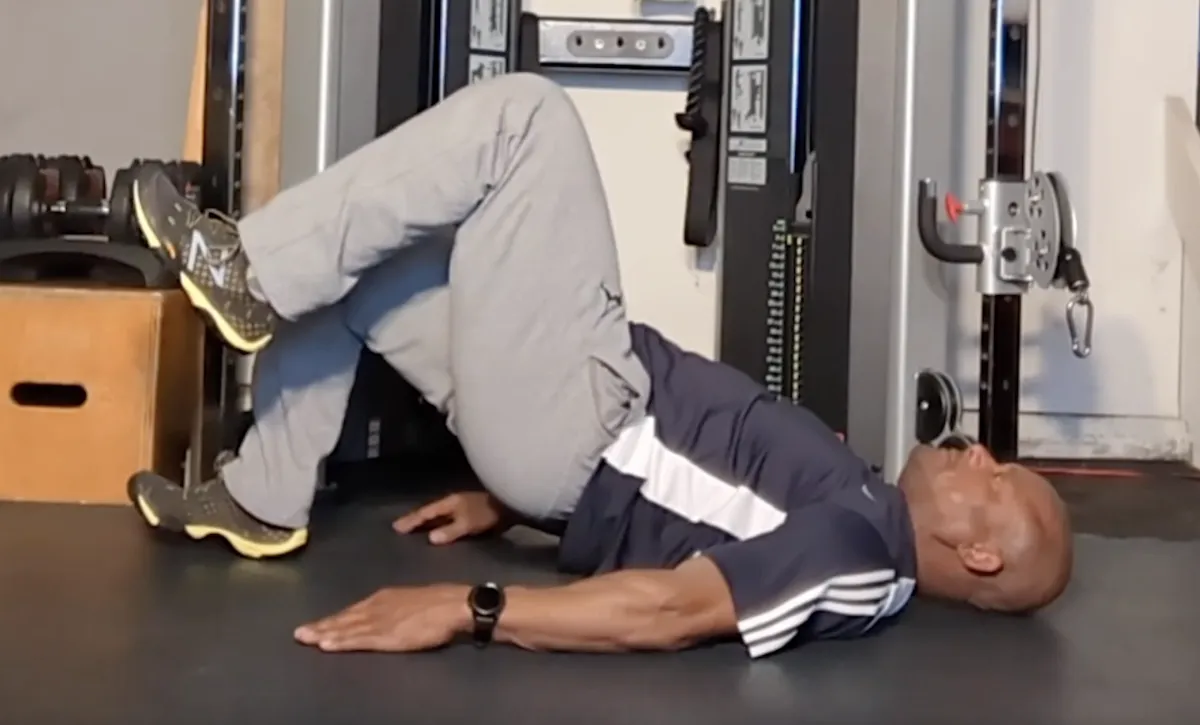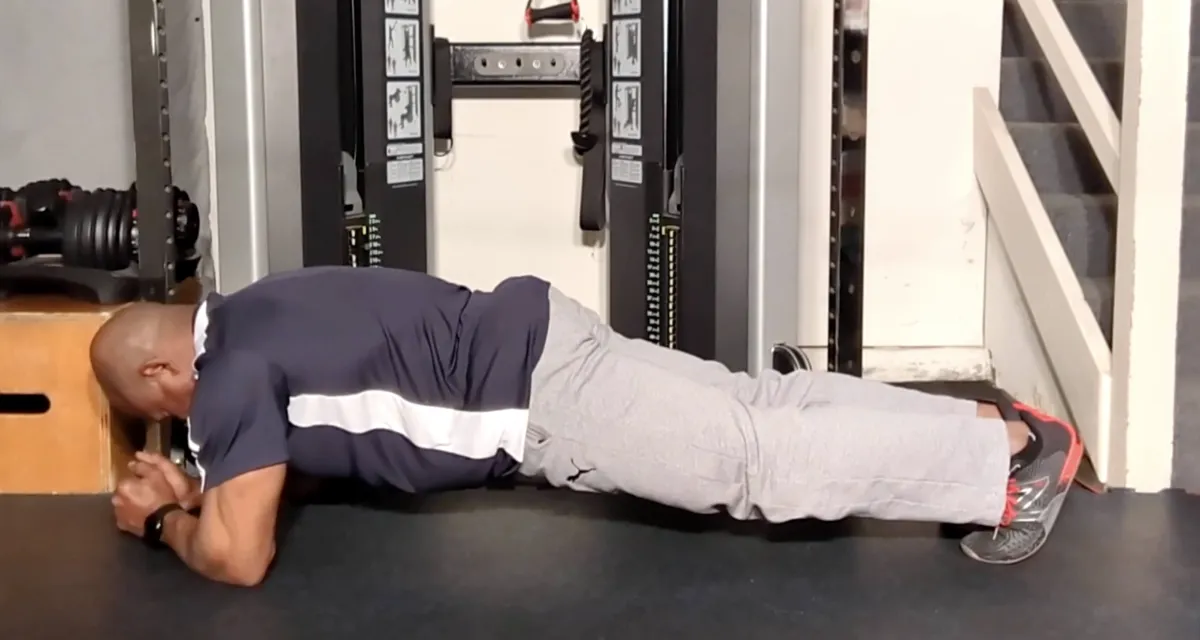
RESOURCES

Move Your Way to a Pain-Free Life: The Connection Between Movement and Pain Relief
Pain has a sneaky way of creeping into our lives, often stemming from the very thing we neglect: movement. Whether it's the stiffness from hours at a desk or the aches from repetitive tasks, our bodies are designed to move, and when they don't, they protest. But here's the empowering truth: incorporating regular movement into your daily routine can be a game-changer in alleviating and even preventing pain.
Understanding the Movement-Pain Connection
When we lead sedentary lifestyles, our muscles weaken, joints stiffen, and circulation diminishes. This lack of activity can exacerbate chronic pain conditions, as inactive muscles fail to support joints properly, leading to discomfort and reduced mobility. Conversely, engaging in regular, strategic exercise, strengthens muscles, enhances joint stability, and improves blood flow; in essence, addressing the root causes of pain.
Practical Steps to Incorporate Movement for Pain Relief
Start Small and Progress Gradually

Begin with gentle movements that don't exacerbate your pain. Simple activities like walking, stretching, or basic yoga poses can increase blood flow and reduce stiffness. As your body adapts, gradually introduce more structured exercises to build strength and flexibility.
Focus on Core Strength
A strong core provides essential support for your spine and can significantly reduce lower back pain. Incorporate exercises like planks, bridges, abdominal crunches, wood chops to strengthen these muscles. Remember, it's not about intensity but consistency.
Incorporate Stretching and Mobility Work
Regular stretching enhances flexibility and reduces muscle tension. For instance, the "Windshield Wipers" stretch can alleviate hip tightness:
Lie on your back with knees bent and feet flat.

Place your left ankle on your right knee.
Drop both legs to the left side, feeling a stretch in the right hip.
Hold for several breaths and repeat on the other side.
Engage in Low-Impact Activities
Activities like swimming, cycling, or using an elliptical machine provide cardiovascular benefits without placing undue stress on your joints. These exercises can improve overall fitness and reduce pain associated with high-impact activities.
Listen to Your Body
Pay attention to how your body responds to different movements. If certain exercises cause pain, modify them or seek alternatives. It's essential to challenge yourself without pushing into discomfort.
Many individuals have transformed their lives by embracing movement as a tool for pain relief.
Embarking on a journey to a pain-free life through movement is both empowering and transformative. By understanding the connection between inactivity and discomfort, and taking proactive steps to incorporate regular exercise, you can reclaim control over your well-being. Remember, it's not about monumental changes overnight but consistent, mindful movements that, over time, lead to significant improvements.
Note: Always consult with a healthcare professional before starting any new exercise regimen, especially if you have existing health conditions or concerns.
Sheila Mann's Testimonial
Sheila Mann doing Suspension Strap Push-ups on an elevated Single Leg.
Just another Saturday Workout Part 2
Spray Tan Fitness
Dreams or Goals
Intro to Self-Myofascial Release
Self Massage using the Energy F X Tube (Upper Body)
Self-Massage for Lower Body using Energy F X Tube (IT Band , Glutes)
Level 3
This is our advance level. In this level you will be asked to increase the challenges to your strength, balance and to some degree, your conditioning. We continue to focus on the major joints of the body (hips, shoulder, and knees) with the added challenge of resistance. This level also includes the added challenge of coordination, as many movements require the integrated movement of both upper and lower body.

Level 4
This is our premium level. In this level you will be asked to significantly challenge your body through increased demands on your functional core strength in movements that will significantly challenge your balance and strength simultaneously. Here we will ask you to begin to optimize your balance, core activation, and improved range of motion in a functional aspect – integrated movement of both upper and lower body, but at a higher level of accountability.

